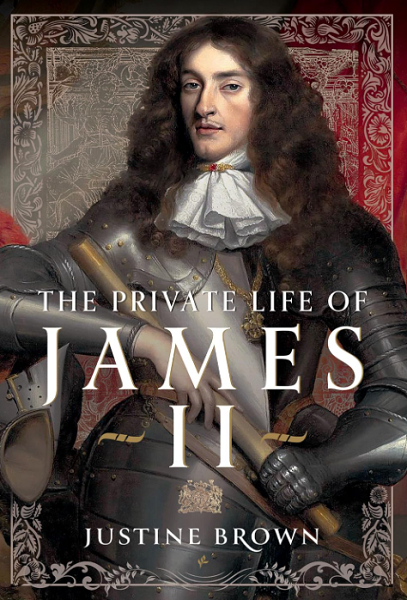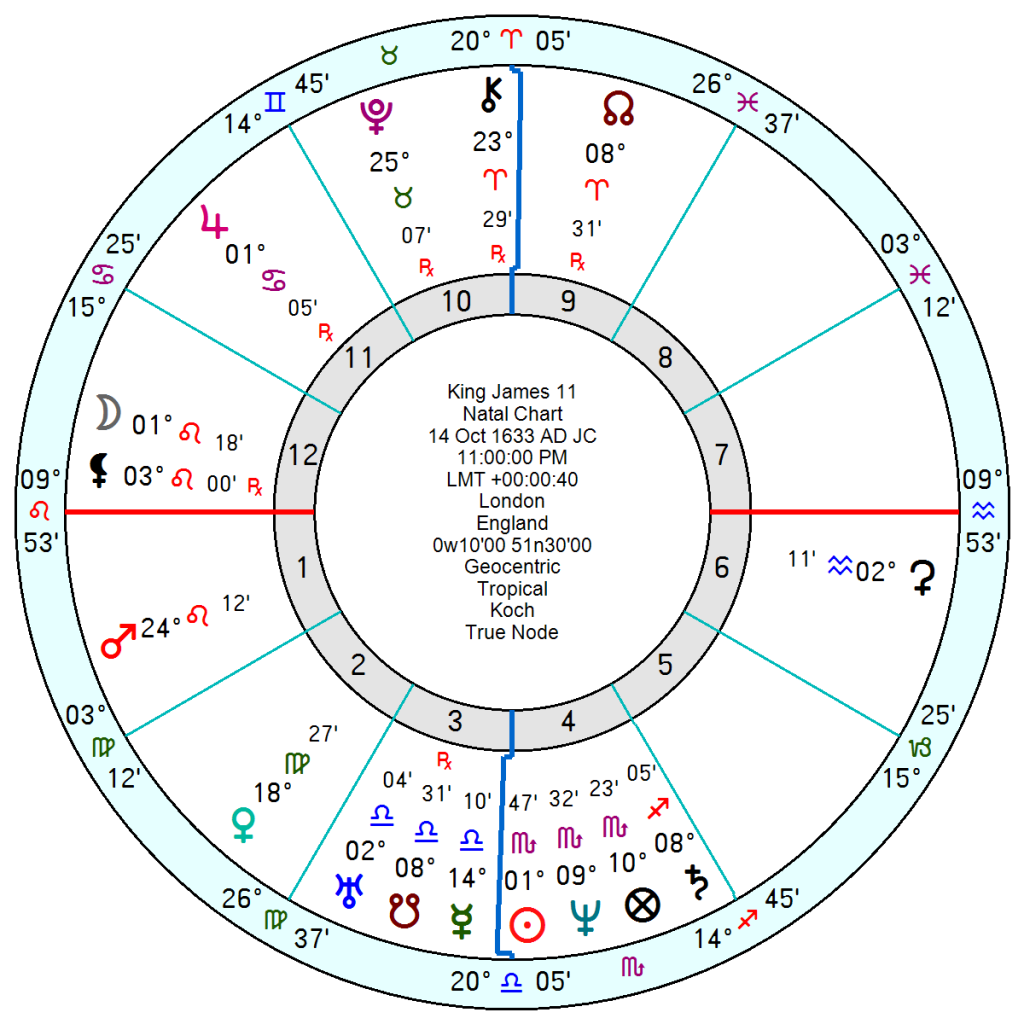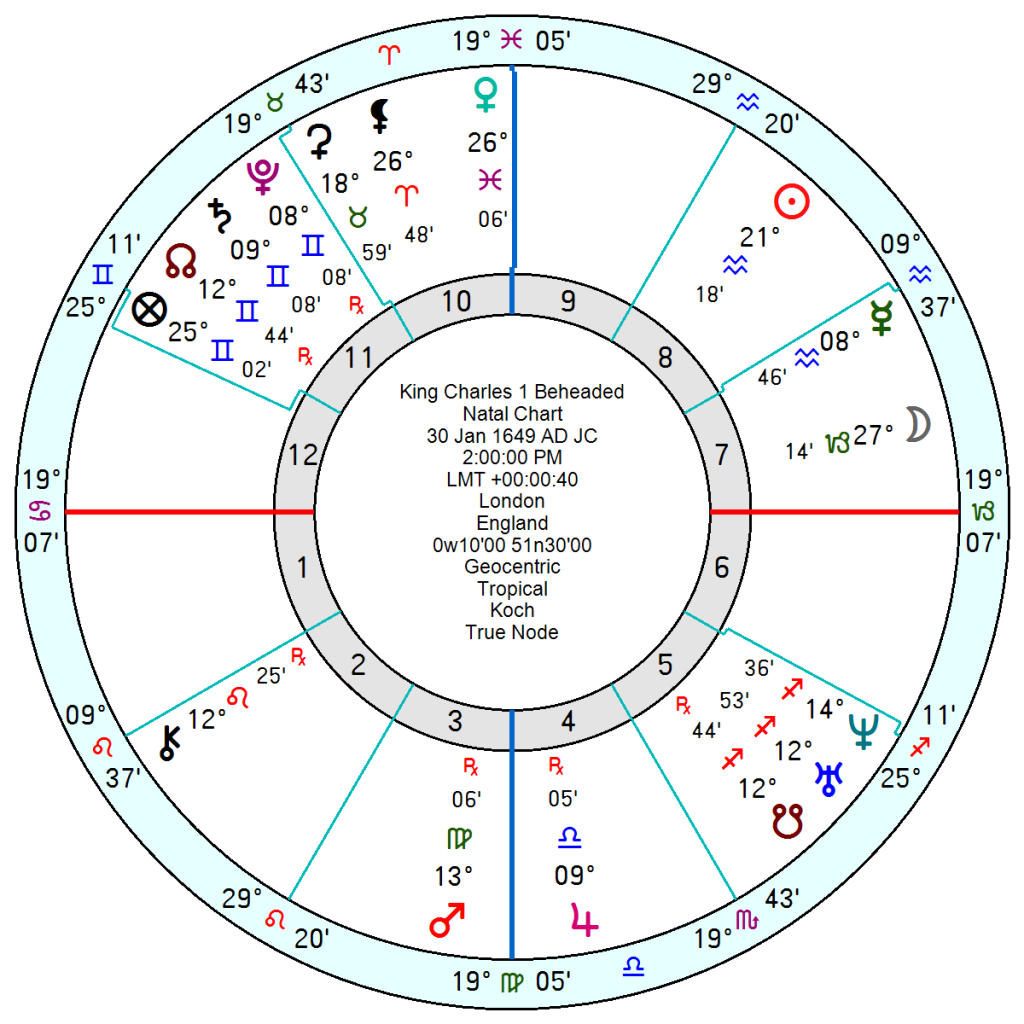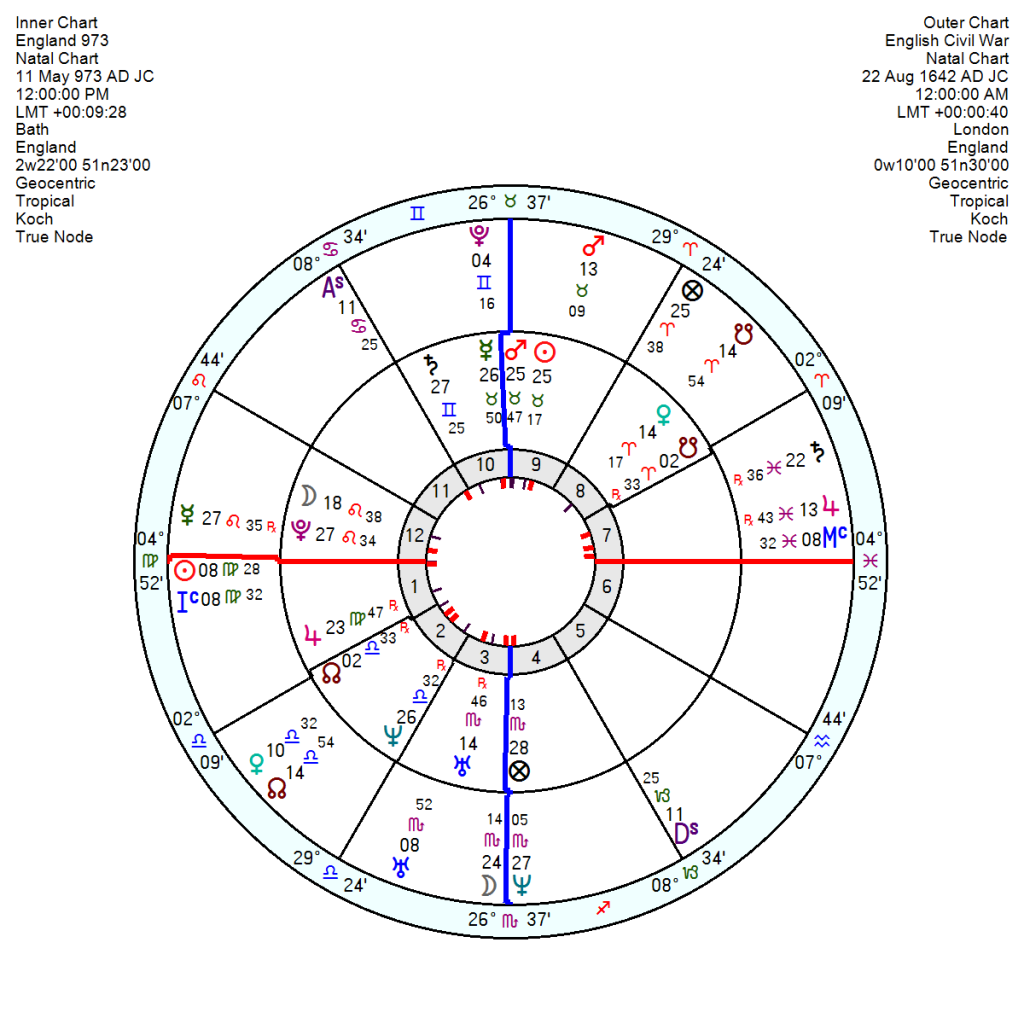



The beheading of King Charles 1 in 1649 was arguably the most momentous event in English history in the midst of political and social turmoil which lasted for almost five decades. It was preceded by the English Civil War (1642 -1651) between Royalists and Parliamentarians, and followed by five years of Cromwell’s Protectorate after which the monarchy was restored with the absolutist and indulgent Charles 11 on the throne, embroiled in the bitter Roman Catholic-Protestant schism. A new book about his younger brother and successor for a brief three years, the last Catholic king of England and Scotland, King James 11 (V11 of Scotland), shines a spotlight on a largely forgotten figure in the midst of all this tumultuous change. His forced exit after the Glorious Revolution in 1688 because of his Roman Catholicism saw the Dutch William and his Protestant daughter Mary on the throne.
The Private Lives of James 11 by Justine Brown describes James 11 as “handsome, courageous, loyal, pleasure seeking and determined” – a Restoration rake who headed the Royal Navy, fought the Fire of London with his brother Charles 11, and was a patron of the theatre, painting and music.
He was born 14 October 1633 JC 11pm London, and like his ancestor King Charles 111 had a Scorpio Sun and Neptune in his 4th house of family and roots. Most notably he had a controlling and influential 10th house Pluto square a 1st house Mars in Leo, reflecting the dramatic events of his life from the beheading of his father when he was in his teens, exile, return and final exile to France where he died. His friendly 11th house Jupiter would contribute to his popularity and take the rough edges off his bombastic 1st house Mars in a no-compromise square to Pluto. He would be inordinately stubborn with five planets in Fixed signs which gave him endurance but may also have contributed to his ultimate downfall.
When his father was executed in 1649 there was a Saturn Pluto conjunction in Gemini opposition Uranus Neptune in Sagittarius square Mars in Virgo – extreme Mutability – nerve-stretched, war-like, overly volatile. At that point James 11’s Solar Arc Neptune was opposition his Pluto, undermining what he saw as his rightful lineage. With the tr Saturn Pluto conjunct his Solar Arc Pluto.
The Monarchy was restored after Cromwell’s death as tr Saturn was opposition his 10th house Pluto and when he acceded to the throne his Solar Arc Uranus was approaching the opposition to his Pluto for the brief reign that followed. His Pluto was his weather-vane. Tr Neptune was on the cusp of his 8th as he was crowned which may have led his judgement astray in misreading the mood of the country in attempting to argue for religious tolerance and support his conversion to Catholicism.
Protestant William of Orange (and Mary) reigned till 1702, then Protestant Queen Anne until 1714 at which point the Hanoverian Monarchy was established with George I.
It makes present day ripples seem insignificant. There is nothing like history to put a calming perspective on events.
Given the momentous nature of events back then I had a look at the three England charts to see which worked best against the influences. Given that older charts are set up on times of significant events you would expect there to be similarities between them and they will all reflect later events. But there is usually one which is more illuminating than the others.
Oddly enough the 25 December 1066 is the least helpful. When the Civil War started in 1642 tr Jupiter Saturn in Pisces were opposition the 1066 Jupiter Saturn in Virgo and moving to square the 1066 Uranus – but that is mild enough.
The 12 July 927 chart indicated much higher stress levels, with tr Pluto exactly opposition the Saturn which is often an indicator of war. Plus tr Saturn square Pluto, tr Uranus conjunct Mars Jupiter and the tr Jupiter Saturn conjunct the North Node.
The 11 May 973 chart is most descriptive of the three with a Uranus Return; a panicky tr Neptune opposition the Taurus Sun Mars square Pluto at the start and tr Uranus rattling up major disruptions as it made hard aspects to the Sun Mars square Pluto through the course of the war. At the beheading of Charles 1 the Solar Arc Sun Mars was exactly conjunct the 973 South Node.
Below – more detail on James 11 in interview below + Justine Brown’s History podcasts on youtube.
Justine Brown’s Bookshelf. History Podcasts.
https://www.youtube.com/channel/UCX8t_TA3Qm6UiV9qDogG8NQ

Add-on. Also, of course, Charles I was Mary Stuart’s grandson, so tragedy ran in the family. Mary was both a Scot and an ephemeral Queen of France raised at the court of that country. James II could count on her legend to soften his exile and remind the French of the Auld Alliance.
Charles I was Louis XIV’s uncle through his wife Henriette-Marie, sister of Louis XIII, she of course a Catholic and he nominally a Protestant, which aroused suspicion. James II was therefore Louis XIV’s cousin. The French Sun King honored him in exile and gave him a privileged seat near Versailles. Louis XIV almost lost his throne himself as a child in a rebellion, called La Fronde, that was aimed at his mother the regent and her favorite minister, Cardinal Mazarin. This happened in 1648-1653, so simultaneous to the execution of Charles I and Cromwell, and under the same astrological sky. These events on both sides of the Channel were family history to the French Bourbons, which is why Louis XIV always kept the nobility close at hand and under the mind-numbing protocol of an absolute monarchy. It is said that Louis XVI, who was fluent in English and read Hansard, had a picture of Charles I on the wall of his office as a reminder of what could, and did, go very wrong.
@Marjorie and other astrologers, when you’re dealing with historical events and figures, what calendar do you use when working with charts? I’m thinking specifically of the differences between the Gregorian and Julian calendars. That’s always puzzled me. Thanks!
The changeover date in Protestant countries is around 1752 – I always have to look it up – so if before it is OS (old style) JC Julian. Catholic countries switched earlier.
Thanks!
I wondered about this as 14th October is not now first degree of scorpio
James II basically threw away his throne because of an unwillingness to compromise on matters of state and religion. It is interesting to see it reflected in his chart
One thing I have been looking at recently is the precession of fixed stars in historical charts as these move 1 degree approximately every 72 years. At the outbreak of the English civil war Aldebaran would have been conjunct Pluto at 4 Gemini. In 973 Aldebaran would have been 9 degrees further back at 25 Taurus conjunct the Sun/Mars in the Edgar Chart. This rather ties in nicely with our current Labour government chart which has Jupiter at 9 Gemini which is where Aldebaran is in 2024.
This could give the Starmer government greater-than-usual historical impact. I note that the USA Sibly Uranus is at 9 Gemini now conjunct Aldebaran. There will be a USA Uranus return in 2027. Uranus returns have brought recurring major conflicts in 84-year cycles since 1776.
On a personal note, 9 Gemini is the cusp of my 7th house. My SA Mars will reach 9 Gemini in 2027.
As I write, there is a transiting Mars-Jupiter conjunction at 16 Gemini, which may contribute to bring Aldebaran’s position to greater awareness.
Very interesting, Hugh. Particularly, I think, in view of Aldebaran’s legendary status as one of the Guardians of Heaven, according to the Persians. It is the Watcher of the East, it’s opposite Antares in Sagittarius Watcher of the West. There’s a series of New Moons at 9 degrees coming up from November to March next Spring. 1st December has 9 Sagittarius, aligning with Antares, and opposing Labour’s Jupiter (leader?) and the US Uranus. Could be a see-saw worth watching. Or Marjorie’s “a fleeting monarch in troubled times” theme may surface this winter…..
Of the Bull’s Eye, Aldebaran, and it’s opposite, Antares, I thought this was interesting:
“Aldebaran has been in the sign Gemini since 1286 AD, just around the height of the Christian Crusades against Islam, an interesting indicator of conflict between two world schools of thought. Antares, for the other side in the conflict, went into religious Sagittarius in 1272 AD and showed its superiority, perhaps, since the Crusaders never did dislodge the Saracens. [The Living Stars, Dr. Eric Morse, p.36.]” constellationsofwords.com
Not an astrological comment but a key event resulting from James II ‘s debacle of a reign was the Bill of Rights adopted by the English Parliament on 13 February 1689. This remains part of English law today and formed a basis for the US constitution.
Looking at James’s chart there seems perhaps too much stubborn religion (Neptune sun in Scorpio) expanded by a Jupiter trine in cancer. Like his father (but not his brother) not much of a politician
Many thanks, Marjorie. Speaking of highly mutable charts, I think it’s interesting that the astrology of the ill-fated James Scott, illegitimate son of the teenaged Charles II and Lucy Walter and 1st Duke of Monmouth who was born just 3 months after the execution of Charles I carries that mutability – born 9/4/1649 Monmouth has Venus/NN/Pluto/Saturn in Gemini opposing a tight Uranus/Neptune with Mars at 27 Leo and Sun/Mercury/BML in Aries, so an excess of fire, though he had an illustrious career as a brave and courageous military commander.
The Duke led the Monmouth Rebellion following the death of Charles II in 1685, an ill-starred attempt at seizing the throne from his uncle James II whose Catholic sympathies threatened the English Protestant cause. But the attempt failed and having been found guilty of high treason. Monmouth was sentenced to execution. He was dispatched by the notorious Jack Ketch, after having paid the executioner generously to make the execution as swift and painless as possible. That was not to be and it took several swings of the axe to remove his head. But his astrology bears the stamp of his grandfather’s 1649 regicide.
Btw, I also like the Edgar chart. I think it was Jane who first brought it to my attention.
That’s really interesting. Thanks Marjorie, and also to Graham for the info on 11 May 973.
From Bath Abbey site:- “On 11 May 973 AD Bath Abbey was the site of the coronation of Edgar, the “First King of All England”. This event became the template for all subsequent coronations, including that of our new King, Charles III, this May.”